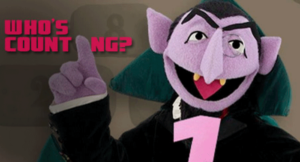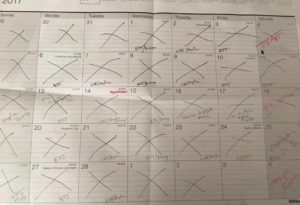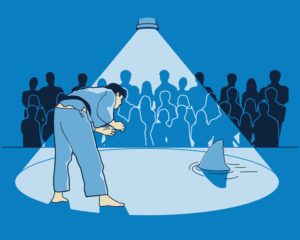
One of the buzz terms in the self-defense/tactical communities is “situational awareness”. Everyone, from instructors on down to the newest students talk about it and emphasize that it is one of the most important things we can have going for us to keep us safe. No one in their right mind will argue this. The problem is how we put it into practice?
Seriously, this is one of the biggest issues we face. Awareness is not a verb, yet we treat it like it is. How do we ensure that we are aware when we need to be? It is all well and good to tell someone to be aware and switched on, but that is like saying “be a good shooter”. How do we accomplish that task?
A number of top instructors spend time on this and there are different takes, most of which are valid and functional. I would like to present one that has proven to be really useful for me, as well as a number of people who I have taught it to, including members of my immediate family. It is an easy way to build the habit of situational awareness, and it does so by keeping us alert in the most vulnerable times in our life.
I call it the Counting Game. The way it works is this: every time you leave a building – any kind of building, from your place of work, to a grocery store, bank, restaurant, etc. – you need to count how many people you see. That’s it. Just count them up. It takes only a few seconds, at most, and even then that would only be on occasion, such as leaving the shopping mall during the Christmas season. Most of the time it is the work of one to two seconds at best. Easy to do, and easy to remember, and it does not take any special training. We are not asking you to see the potential bad guys, or judge actions. Just count.
So what does that give us? Multiple things. For one, we immediately know who is around us, fulfilling part of Givens’ Law (who is around us and what are they doing?). Second, by making sure we actually count, we have to pay attention to what is beyond our head and keeps us from burying our nose in a Smartphone or something similar that puts blinders on us. Third, it tells potential bad guys who are doing their own scan that we are paying attention and have seen them, even momentarily. That is one of the biggest ways to get yourself deselected as a victim. Bad guys prefer if they can get close without notice first. Being seen by the victim from across the parking lot is not good for business, especially when there are plenty of people behind you who will not be paying attention. And fourth, it starts to let our subconscious start to make thin-slicing judgments of what we have seen – i.e. “That guy was standing back by that wall in partial darkness. Why?” (Allowing that instinctive part of our brains to continue to listen to Givens’ Law). Which further helps being aware of the situation and the general environment. And all done with a simple mental exercise that only costs a couple of seconds of focus. Not a bad return on the investment.
Give it a shot. I think you will be pleasantly surprised how easy it is to add to your daily routine



